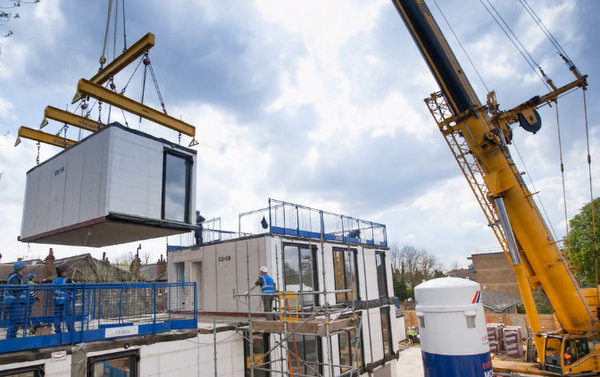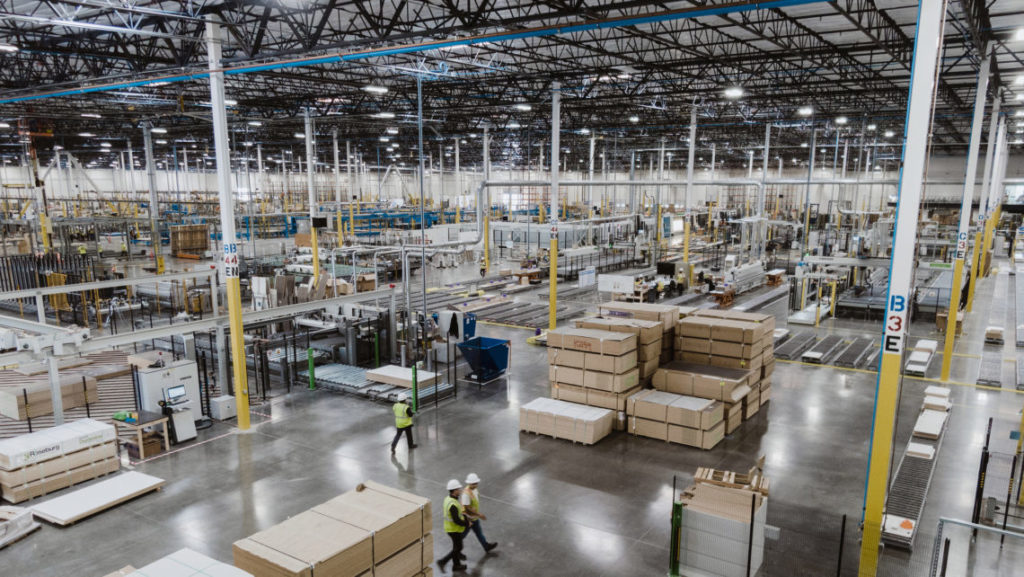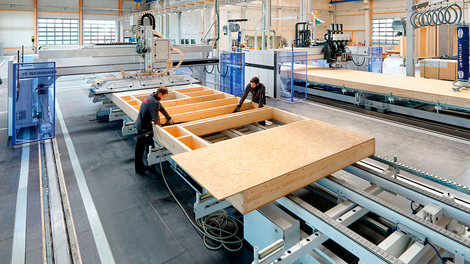No matter where you live in this world, modular is having a large impact on commercial and residential construction. Looking deeper into the modular industry’s growth and where it’s happening, however, just might surprise you.

The anticipated growth in the modular construction industry is expected to be 7.5% from 2023 to 2030. This growth is being driven by a number of factors, including the increasing demand for affordable housing, the need for more sustainable construction methods, and the growing popularity of modular construction among architects and builders.
Modular construction offers a number of advantages over traditional construction methods, including:
Reduced construction time: Modular buildings can be constructed faster than traditional buildings.
Reduced costs: Modular construction can save up to 20% on the cost of construction.
Improved quality control: Modular buildings are constructed in a controlled factory environment, which results in higher-quality construction.
Increased sustainability: Modular construction produces less waste and uses fewer resources than traditional construction.
As the demand for affordable housing, sustainable construction methods, and high-quality construction continues to grow, the modular construction industry is expected to experience significant growth in the years to come.
The modular construction industry also presents several opportunities for growth and development. With the growing demand for sustainable and eco-friendly construction solutions, modular construction has emerged as an ideal solution due to its minimal impact on the environment.
Additionally, advancements in technology have made modular construction cost-effective, and easy to implement.
The latest trends in the modular construction industry include the adoption of digital tools and automation to increase efficiency and reduce costs. This trend is driven by the need to streamline the building process and reduce the reliance on manual labor.

Companies are increasingly investing in innovative solutions that integrate design, engineering, and construction to provide end-to-end services to clients. Some modular companies like VBC have become International modular providers and vertically integrated.
Overall, the modular construction industry is poised for significant growth and development in the coming years.
The following countries are all facing challenges that modular construction can help to address. China and India are both facing housing shortages, and modular construction can help to build more affordable housing quickly and efficiently. Japan is facing an aging population and a labor shortage, and modular construction can help to address these challenges by reducing the need for on-site labor. The United States, United Kingdom, Germany, Canada, and Australia are all facing housing shortages.
(Modcoach Note: As you read through the following list, notice how many have their government’s backing and which do not)
The following countries are expected to see huge growth in modular construction:
China: China is the world’s largest construction market, and the government is supportive of modular construction as a way to address the country’s housing shortage.
India: India is another rapidly growing construction market, and the government is promoting modular construction as a way to build more affordable housing.
Japan: Japan is a mature construction market, but the government is looking to modular construction as a way to address the country’s aging population and labor shortage.
United States: The United States is a large and diverse construction market, and there is growing interest in modular construction as a way to build more sustainable and affordable housing.
United Kingdom: The United Kingdom is a mature construction market, but the government is looking into modular construction to address the country’s housing shortage.
Germany: Germany is a mature construction market, but the government is promoting modular construction to bolster the country’s housing shortage and labor shortage.
Canada: Canada is a large and diverse construction market, and there is growing interest in modular construction as a way to build more sustainable and affordable housing.
Australia: Australia is a large and diverse construction market, and there is growing interest in modular construction as a way to build more sustainable and affordable housing.
The modular construction industry, however, still faces several challenges despite the promising growth prospects. One of the key challenges is the perception that modular construction is not as durable or high-quality as traditional construction methods. Additionally, the lack of skilled workers and the limited number of modular factories pose logistical challenges.
New entrants in the modular construction industry have a range of investment opportunities to explore. With the demand for sustainable and affordable housing solutions on the rise, there is a growing market for modular construction.
Advancements in technology and the adoption of digital tools have made modular construction efficient and lucrative, providing new entrants with the opportunity to compete with established players.
Gary Fleisher, the Modcoach



